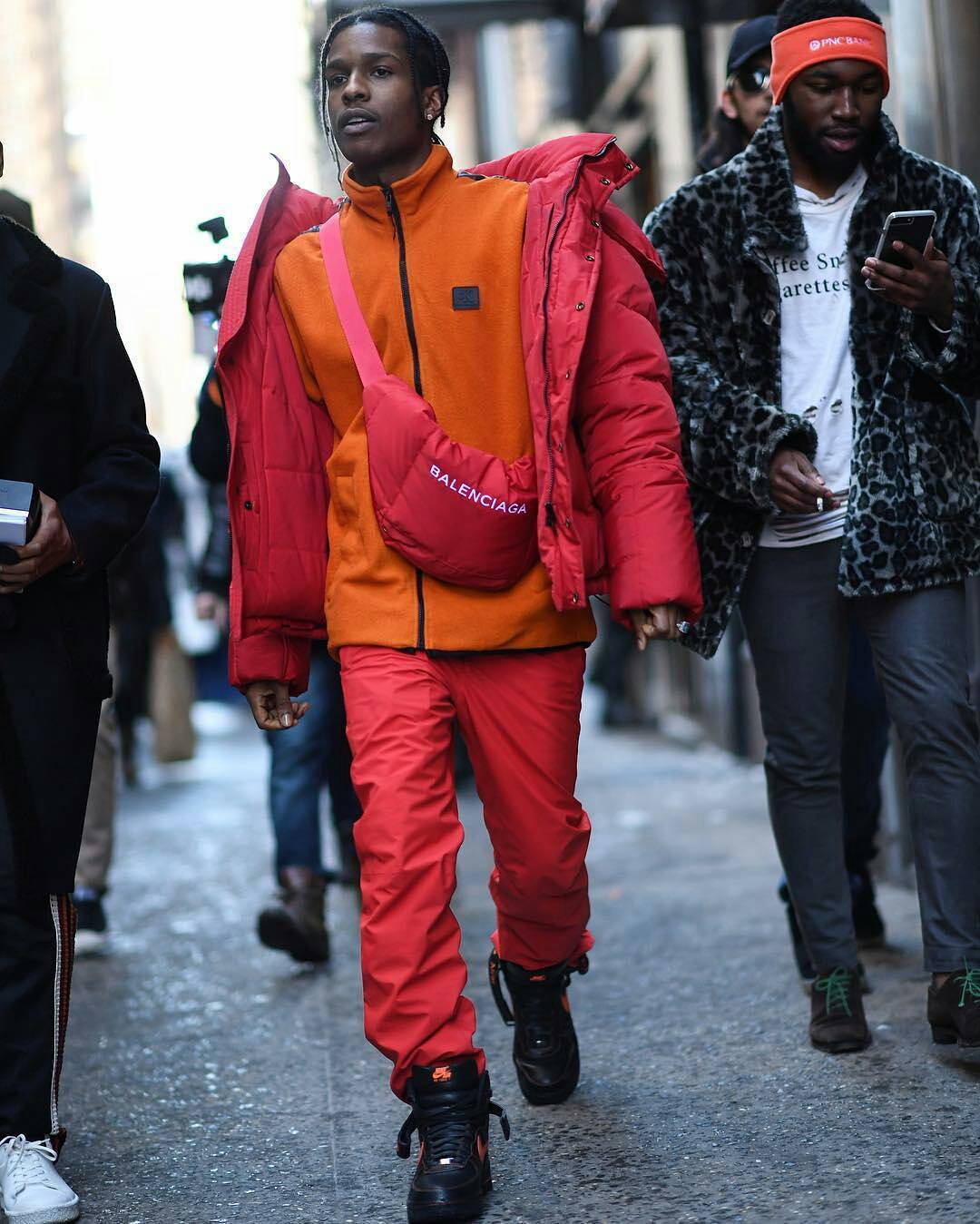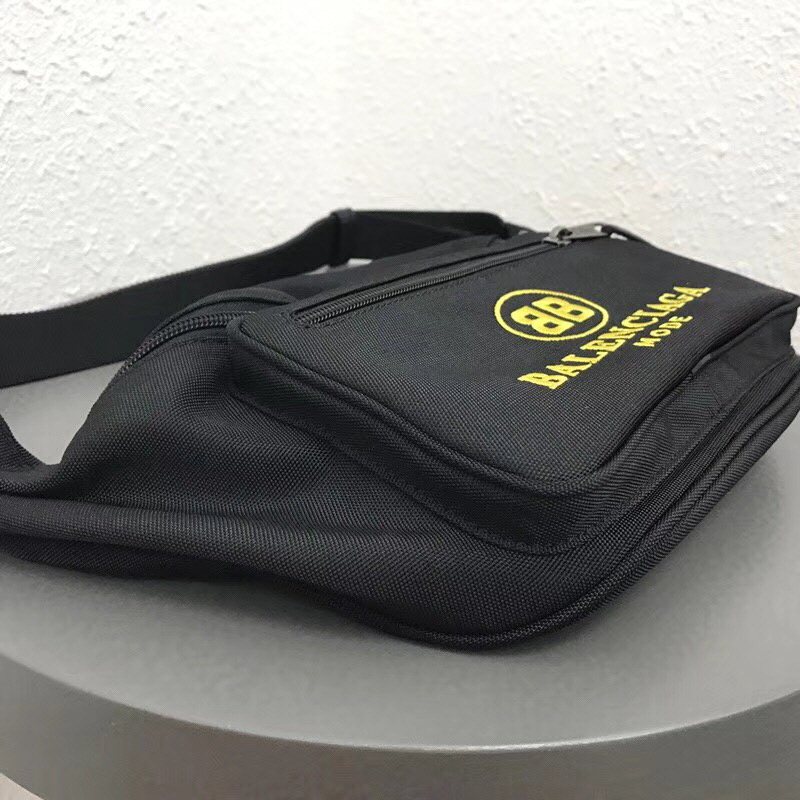
Today, handbag lovers are savvier and have a wider range of shopping options. Once, a single “It” handbag ruled each fashion season. Level of craftsmanship, style and shape matters - from coin purses in ancient Greece to early 20th-century opera bags and onward, handbags have evolved considerably over the years to meet our needs and desires, whether or not you happen to be prioritizing functionality over a flashy exterior. Finding the Right Handbags and Purses for YouĪn integral part of fashion, handbags and purses have been indispensable accessories ever since we began to carry around personal items. On 1stDibs, find vintage Balenciaga crossbody bags, tote bags, day dresses, shirts and more. In 2011, a museum celebrating Balenciaga’s legacy opened in his hometown in Spain, commemorating where it all began.
#Balenciaga fanny pack series#
It has since been led by a series of creative directors who have paid homage to Balenciaga’s iconic designs, including Nicolas Ghesquière, Alexander Wang and, most recently, Demna Gvasalia. The brand returned to high fashion with the arrival of designer Josephus Thimister in 1992. Under designer Michel Goma, who focused on ready-to-wear, the brand experienced a resurgence, with his first collection introduced in 1987. The rights to Balenciaga were acquired by Jacques Bogart S.A. All of these could be considered not just the masterpieces of haute couture, but also objets d’art in their own right, leading to Balenciaga’s nickname, “The Master.”īalenciaga continued designing until 1968, when he retired after three decades of influential work and his fashion house went dormant. Some of his notable designs include the 1953 balloon jacket, and from 1957, the cocoon coat, the baby-doll dress and the sack dress, which he popularized with his good friend designer Hubert de Givenchy.

As a couturier, Balenciaga drew from his Spanish heritage for ideas, riffing on everything from matador costumes and flamenco dresses to the paintings of Diego Velázquez, whose portraits of Spanish princesses famously inspired Balenciaga’s Infanta gown.Īn expert tailor, he experimented with sculptural silhouettes that didn’t follow the body. There, Balenciaga rubbed elbows with fashion greats like Coco Chanel and Elsa Schiaparelli and quickly won over clients like Gloria Guinness, Pauline de Rothschild and Wallis Simpson, Duchess of Windsor.

When the Spanish Civil War put a hold on his prospects in Spain, the designer moved to Paris, opening a house on Avenue Georges V in 1937. He soon followed it with boutiques in Madrid and Barcelona, drawing such clientele as the Spanish royal family. In 1917, he established his first haute couture house - named Eisa, for his mother - in the trendy resort town San Sebastián. Showing immense talent, he earned commissions as a teenager from local patron Marquesa de Casa Torres, who paid for his tailoring education in Madrid. As a child, he worked alongside his seamstress mother. Though he was born in the quiet fishing village of Getaria in Spain’s Basque region, Cristóbal Balenciaga (1895–1972) was destined to reshape modern fashion.


Today, the brand is as venturesome as ever and is well known for its shoes, handbags, streetwear and other clothing and accessories. Starting as a modest boutique, Balenciaga evolved to transform the landscape of women’s fashion with shapes and contours during the middle of the 20th century that were nothing less than groundbreaking.


 0 kommentar(er)
0 kommentar(er)
